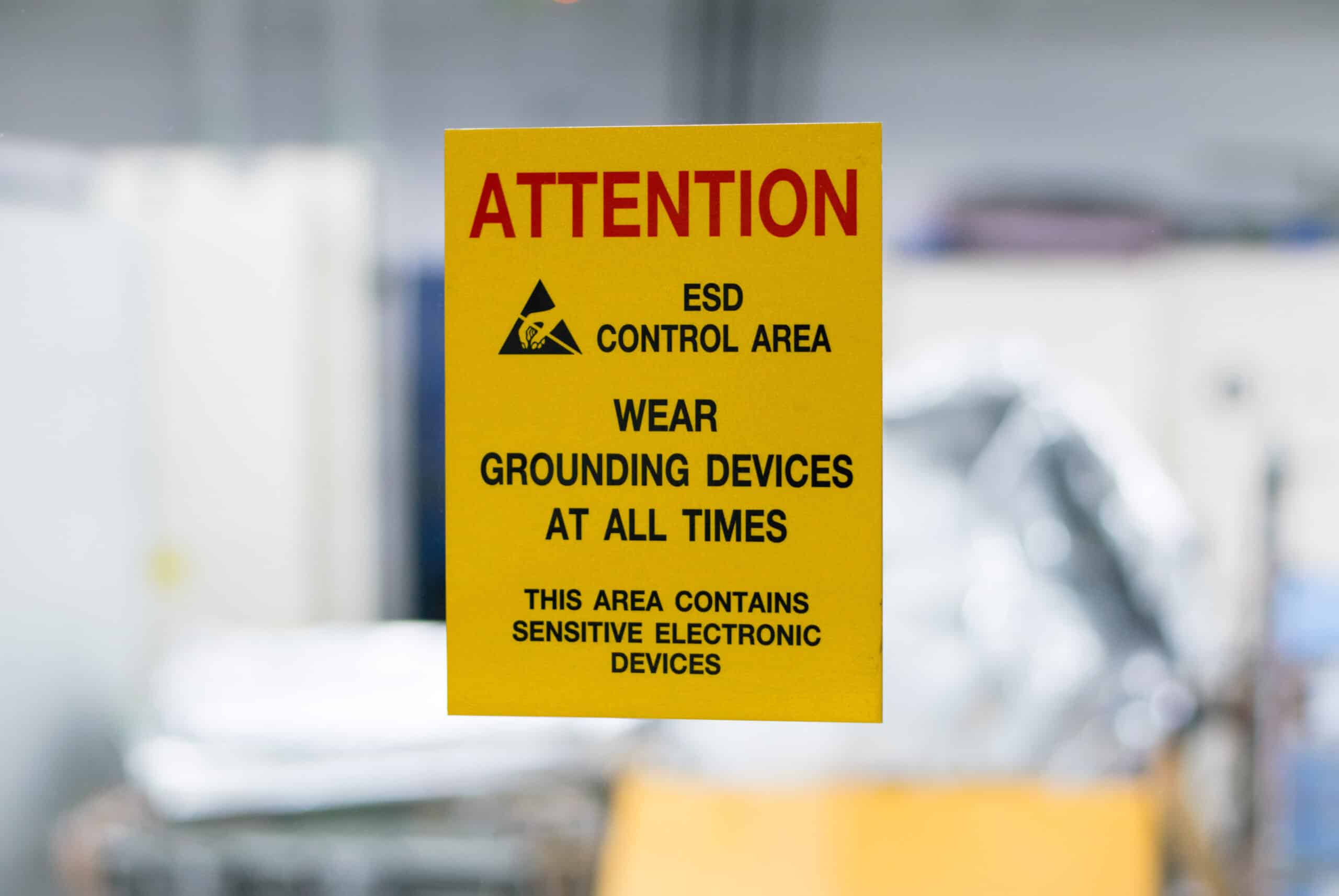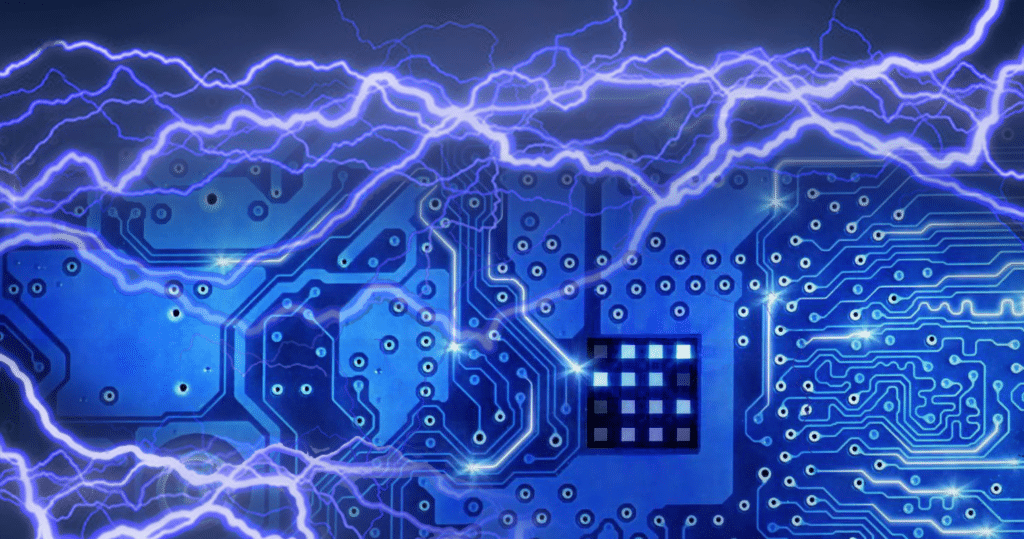
Last month, our CEO Tom Ricciardelli was a guest on Pick, Place, Podcast discussing the history of SelecTech and what makes our StaticStop products different from other ESD flooring. They covered a lot of topics, and we’ll explore many of them on this blog in our upcoming posts. In the post, we’re going to take a closer look at some of the misconceptions surrounding conductive flooring materials and how our products are different from the competition.
Let’s tackle a big question surrounding conductive flooring materials: where does the static electricity go?
All contact generates a charge.
We’ve all had the experience of reaching out to touch something like a doorknob and receiving a shock of static electricity. That happens because every time any two materials come into contact and then separate, they generate a charge. In an uncontrolled environment, like our doorknob example, that charge can be up to 3,000 volts or even higher. That seems like a lot, and it is, but the human body can absorb that without injury. Delicate electronics, however, will be damaged by a mere 100 volts. To protect items like circuit boards during the manufacturing process, we need to create a controlled environment that keeps the static electricity below 100 volts.

It all comes down to grounding.
All electricity wants to go to the ground, and it will take the easiest path to get there. And if that path is through your or sensitive electronics, so be it. Electricity does not discriminate. However, we can direct static electricity and force it to take a path away from anything it could damage. We do that by grounding the entire ESD system, including the conductive flooring materials. All ESD environments require ESD footwear to work, as the specialized footwear will reduce the static charge that builds up when you walk across it. As the name suggests, conductive flooring materials do not absorb static electricity but conduct it through the ESD system and to the ground. It is essential for the system to be grounded so the electricity ends up safely away from the workspace.
Our interlocking tiles are different from other conductive flooring materials because they have conductivity built into the tiles and do not rely on an additional layer of conductive material. When the tiles fit together, they provide a reliable path to the ground.
Conductive Flooring Materials | StaticStop by SelecTech
SelecTech is the most knowledgeable company in the ESD flooring industry. Learn more about our products and how they work by contacting our team at 508-583-3200. Check back soon for more about what Tom and the hosts of Pick, Place, Podcast covered in their conversation.


